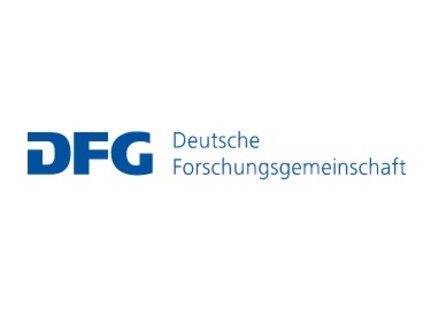Typology and diachrony of ambifixation
Principal Investigator: Dr. Peter Arkadiev
To be started in December 2024.
The main objective of the project is to study ambifixes in the languages of the world. Ambifixes are affixes (grammatical morphemes) that, depending on certain conditions, can occur both before and after the root. An example of ambifix is the Lithuanian verbal reflexive morpheme -si, which can occur word-finally if the verb does not contain any prefixes (lenkia‑si ‘s/he bends’) or immediately before the root if the verb contains a prefix (ne‑si‑lenkia ‘s/he does not bend’). Ambifixes occur in a number of languages across the globe, including some of the European languages, but they have never been systematically studied. The project will address ambifixes from two different perspectives. The first perspective is typological. It aims at creating a representative catalogue of ambifixes from many diverse languages belonging to different language families and spoken in different areas, and at classifying ambifixes along a number of parameters. The most important of these parameters concerns the factors that determine whether a given ambifix occurs before or after the root. These factors include the phonology of the root or word (for example whether it starts with a consonant or a vowel), its morphological make-up (for example, whether it contains a prefix or not), its lexical class (for example, whether it is a noun or an adjective), its grammatical properties (for example, whether the verb is in the present or in the past tense), and potentially some others. The second perspective is diachronic or historical. It aims at discovering and investigating the types of other grammatical elements and constructions that ambifixes can arise from, the pathways of change by which they develop, and, among other things, to try to understand why ambifixes are rather infrequent in the languages of the world. This project is important for linguistics because it aims to study an intriguing morphological phenomenon that has not received enough attention so far and whose detailed investigation can throw new light on the kinds of morphological structures found in the world’s languages, on the rules that organise these morphological structures and relate them to other levels of language, and on the mechanisms and pathways of language change.

